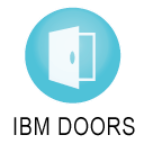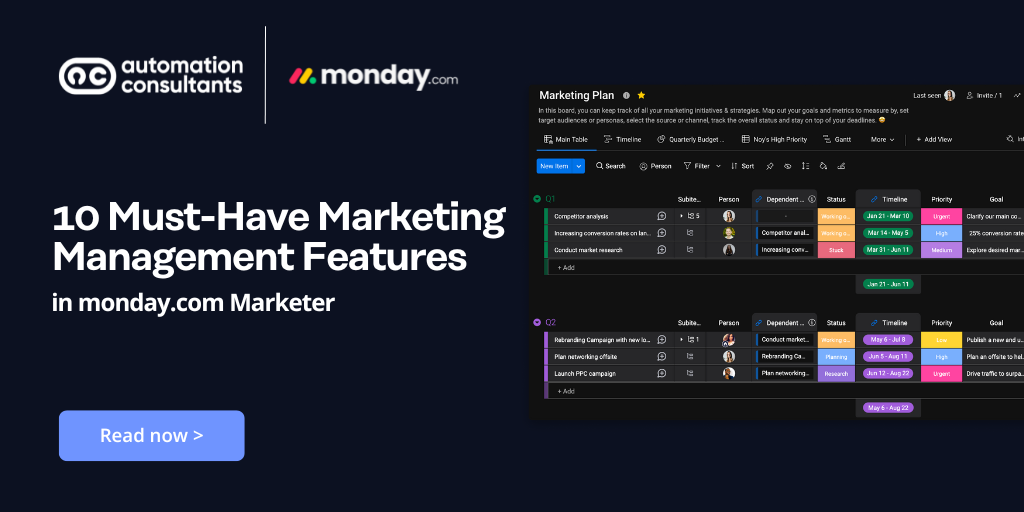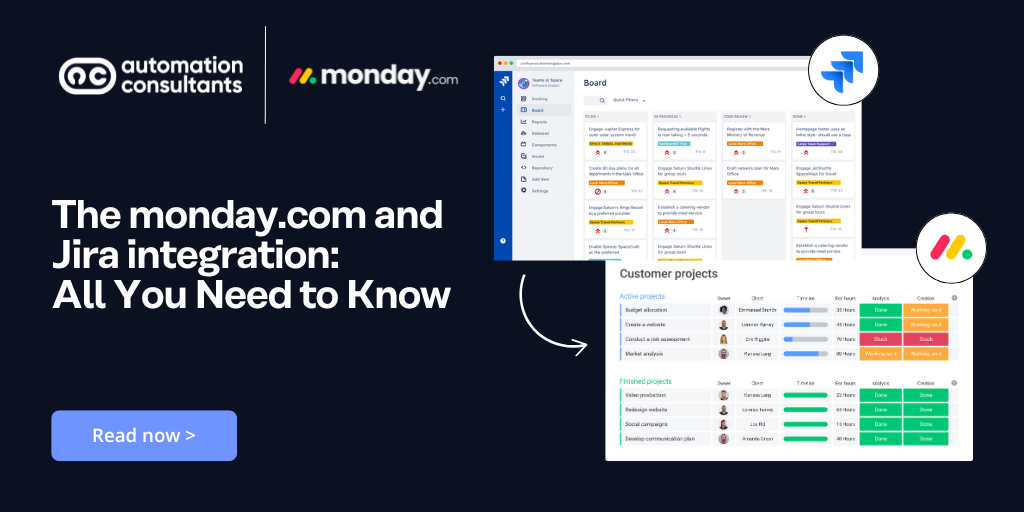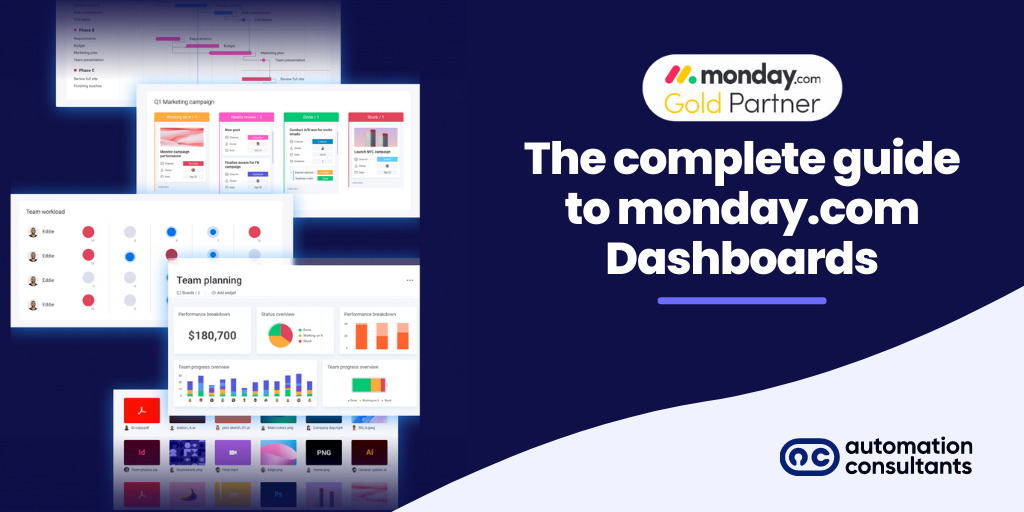What Is DOORS Next Generation?
IBM Rational DOORS Next Generation (DNG) – formerly Rational Requirements Composer – is a repository for storing the requirements to which a software program is developed. It is a member of the CLM suite. Very often, software must meet the requirements of a wide range of stakeholders. The various requirements must be carefully organised and prioritised so that the most important ones are implemented first. It also means ensuring that requirements do not conflict and are not lost or forgotten.
IBM Rational DOORS Next Generation provides a powerful platform to accomplish these goals and is a considerable improvement on managing requirements by individual documents and email – enabling quicker and more cost-effective IT project delivery. IBM DOORS Next Generation also integrates with the rest of the CLM suite so that its requirements can be linked directly to the stories and code managed in Rational Team Concert (RTC). This way, elements of code can be traced all the way back to the requirements.
What DOORS Next Generation Does?
IBM Rational DOORS Next Generation allows a team of users to create requirements for a software project and manage and review them together. IBM DOORS allows requirements to be stored together with all supporting material, such as diagrams. It provides a means of grouping the requirements, and recording comments, changes and approvals.
It also acts as a mechanism for reviewing and approving requirements and integrates with downstream products – mainly Rational Team Concert (RTC) – so that developers can use approved requirements as the basis for planning and executing software development. DNG keeps track of the history of each requirement, so it can be traced back to its origins, and the integration with RTC extends this traceability so that stories and work items can also be traced back to their related requirements.
Benefits of IBM Rational DOORS
The main benefits of DOORS Next Generation are as follows:
- Requirements are stored in one place, preventing the creation of several versions of the same requirement. If a requirement is changed, all stakeholders can see the change and comment on it.
- Reviews can be structured and tracked to make sure that everybody who needs to review and approve a requirement does so.
- Requirements can be grouped into logical sets that can form the basis of a release of software. The requirements in a group can be reviewed together and passed as a group to RTC for implementation.
- Integration with development: DNG integrates with RTC, which handles project management and development in the CLM suite. It is possible to create a project which spans DNG and RTC. Requirements in DNG can thus be linked to stories (or tasks if using formal – waterfall – methods). The stories or tasks are implemented in code and thus code can be traced back to the requirements.
- Integration with testing: DNG and RTC both integrate with Rational Quality Manager (RQM). RQM stores tests and these tests can be linked to DNG requirements, making it easy to ensure that every piece of functionality in a release has been tested (i.e., test coverage is complete).
Features of IBM Rational DOORS
DOORS Next Generation includes the following features:
- DNG is part of the IBM Rational Collaborative Lifecycle Management (CLM) suite and is built on the Jazz platform.
- Requirements are stored as ‘artifacts’. An artifact may be a requirement of various different forms. The most basic is text, but an artifact may also take the form of a sketch (of a user interface), flow diagram or storyboard, amongst others.
- Artifacts may be linked to each other to express hierarchical structure or other relationships. This makes it easy to find all the related artifacts of an artifact which, for example, is being changed.
- Roles/permissions: different users can be granted different permissions at both the level of the entire DNG application and also at the level of each project. This ensures that only the appropriate people may access and/or modify requirements.
- Requirements may be imported from outside sources such as spreadsheets and CSV files. This facilitates moving from a spreadsheet-based requirements system to DNG.
- Requirements may be exported to a CSV file, or as a document or report.
IBM Rational DOORS Next Generation at Automation Consultants
Wondering how DOORS Next Generation could enable quicker and more affordable IT project delivery for your teams? Contact our automation specialists today to find out more.





